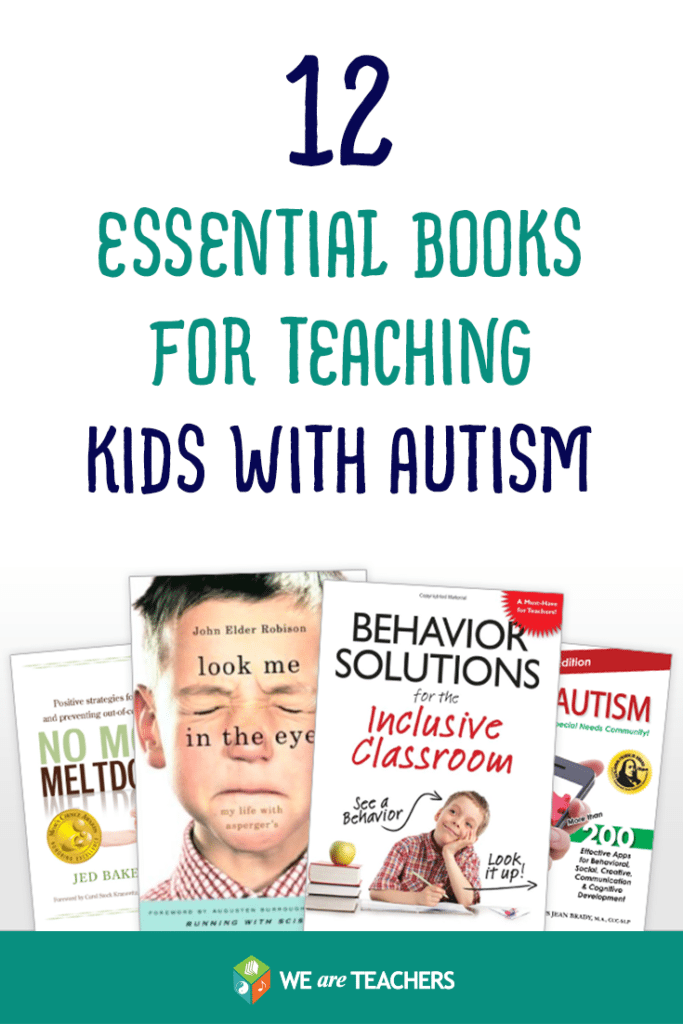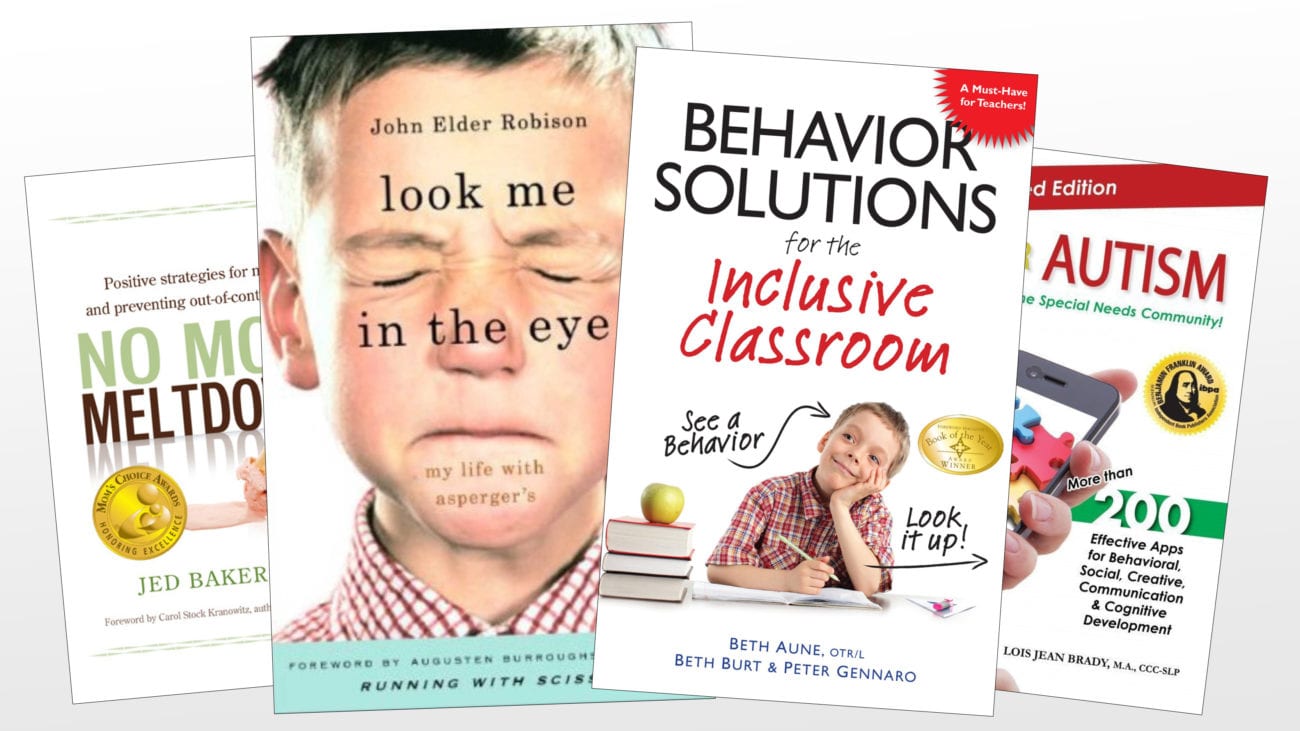In recent years, we’ve learned so much about how to help students with autism in our classrooms, but it can still be really challenging to meet the needs of kids who are on the spectrum. Unique learning styles and different sensory needs factor into why we sometimes struggle with our students who have been diagnosed with autism.
We’ve put together a list of some of our favorite resources. Some books on this list are classroom resources with specific teaching tools you can experiment with. Others are narrative and designed to help neurotypical adults understand what it’s like to see the world through the lens of autism. Either way, if you teach kids on the spectrum, you’ll likely want at least one or two (or five!) of these books in your library.
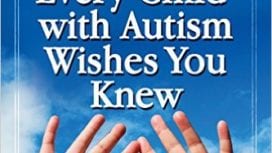
1. Ten Things Every Child With Autism Wishes You Knew
by Ellen Notbohm
If you’re only going to buy one book about children with autism, this is the one you need. This best-seller is known for being clear and to the point. Even though it was written for parents, the book gives teachers quick insight into the mind of a child with autism. The author’s firsthand experience, as both a teacher and a parent of children with autism and ADHD, offers insider information you can apply to the kids in your classroom. Also consider the companion book, Ten Things Your Student With Autism Wishes You Knew, which is written more specifically with teachers in mind.
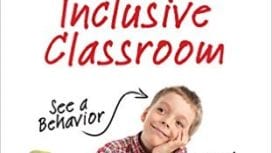
2. Behavior Solutions for the Inclusive Classroom
by Beth Aune, Beth Burt and Peter Gennaro
One look at the table of contents and you’ll likely recognize behaviors you deal with on a daily basis like “Bumping Into Other Students,” “Breaking Pencils” and “Difficulty Lining Up.” The solutions are practical and positive and explain the reasons behind the sometimes challenging behavior. Written by a pediatric occupational therapist, a parent of a child with autism and a director of special education, this guide has practical tips for teaching students with autism. This book is designed to be an at-your-fingertips resource. If you have a child who is chewing her clothing into little bits, you can quickly consult the table of contents to find the section on the issue, learn what is potentially at the root of the behavior and find possible solutions to implement immediately.
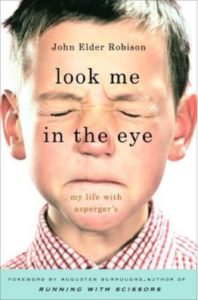
3. Look Me in the Eye: My Life With Asperger’s
by John Elder Robison
This New York Times best-selling memoir offers a sometimes humorous, sometimes heartbreaking look at what it’s like to grow up with Asperger’s syndrome in a time before there was much understanding of Asperger’s or autism. The author’s stories of his childhood will offer some understanding when it comes to some of the things your students with autism might be feeling and experiencing. Plus, you might find yourself laughing as you read the author’s anecdotes about his efforts to navigate the adult world as a person with Asperger’s. (His stories about learning to date are not to be missed!)
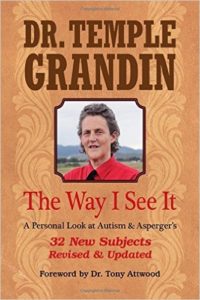
4. The Way I See It
by Dr. Temple Grandin
This groundbreaking book by Dr. Temple Grandin, professor of animal science at Colorado State University, was one of the first to help neurotypical adults understand autism from a first-person point of view. She gives you a peek into her own psyche to help you understand how your students with autism might process information. Her explanation of how she sees the world in pictures forever changed how I relate to my students with autism and has affected how I support them in the classroom.
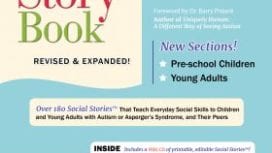
5. The New Social Story Book
by Carol Gray
Consistently one of the top-selling books about teaching kids with autism, this new and updated version of The New Social Story Book continues to help both parents and educators prepare kids for social situations. Stories like “Mistakes Can Happen on a Good Day” and “It Was Fun but Now We’re Done,” plus over 150 more, illustrate typical struggles children with autism face. As the children listen to kids just like them navigate social situations, they learn strategies that they can apply in their own lives.
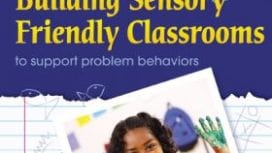
6. Building Sensory Friendly Classrooms
by Rebecca Moyes
We all know that half the challenge of teaching is setting up an effective learning environment. This book is designed to help you structure your classroom so that even kids who struggle with sensory overload (like many kids with autism do) will feel comfortable. The author places an emphasis on using data from student observations to craft a classroom that will support your specific students and their needs.
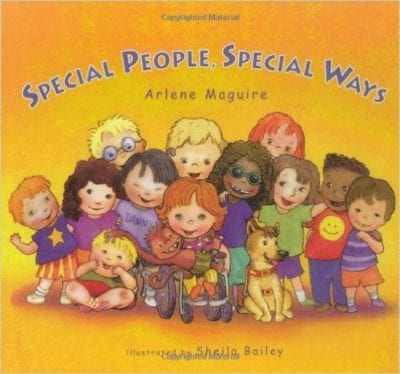
7. Special People, Special Ways
by Arlene Maguire, illus. by Sheila BaileyNot just about students with autism, this award-winning classic picture book explores people with disabilities and helps kids understand why some students might act differently or need different things. It is recommended for K–2 classrooms and is the perfect book to share with your students. Sometimes the way a class responds to a student who has special needs has the biggest impact on the success that student will experience. You can set all of your students up for success when you work through this story with them.
Not just about students with autism, this award-winning classic picture book explores people with disabilities and helps kids understand why some students might act differently or need different things. It is recommended for K–2 classrooms and is the perfect book to share with your students. Sometimes the way a class responds to a student who has special needs has the biggest impact on the success that student will experience. You can set all of your students up for success when you work through this story with them.

8. No More Meltdowns: Positive Strategies for Managing and Preventing Out-of-Control Behavior
by Jed Baker, Ph.D.
We know a single meltdown can derail a whole day. This book can help you keep things on track. While Dr. Baker subscribes to the “prevention is the best medicine” theory, he knows that it’s impossible to avoid every last meltdown. Tips for supporting children mid-meltdown and in the aftermath are also included. He offers an easy-to-follow four-step process that helps you stay calm while also helping the child return to a more peaceful state. While the book was written with kids who struggle with autism in mind, the strategies in this book will work well for all students.
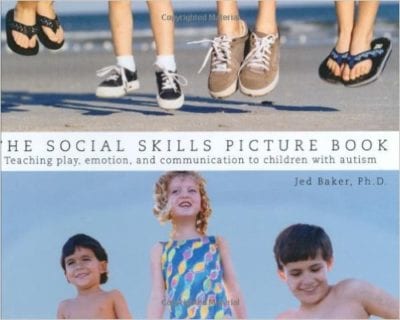
9. The Social Skills Picture Book
by Jed Baker, Ph.D.
This award-winning book capitalizes on the fact that people with autism tend to think in pictures and uses that concept to reach young learners. Move beyond words that can fly right past a student with autism and use pictures to teach the abstract concepts that they may be struggling to grasp. Illustrations of sharing, turn-taking and more can create aha moments for these situations that can seem very abstract to students with autism. Also consider the companion book for high school students, The Social Skills Picture Book for High School and Beyond, which tackles topics like recognizing welcoming looks vs. unwelcoming looks and how to gauge interest from your listeners when you’re speaking about a favorite topic.
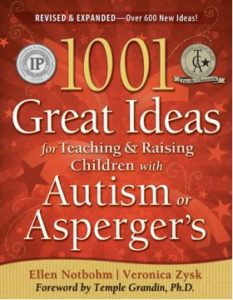
10. 1001 Great Ideas for Teaching & Raising Children With Autism or Asperger’s
by Ellen Notbohm and Veronica Zysk
You’re guaranteed to find workable solutions for your classroom in this book of 1,001 (actually 1,800) ideas for working with kids who have autism or Asperger’s. The book is broken up into five categories. It includes sections for helping with sensory integration, ideas for supporting communication and language, tips for managing challenging behavior, ideas for teaching daily living skills, and strategies for teaching social skills. You can look through the table of contents, target the issue you need to address and find a variety of potential solutions. This book has won numerous awards and is a must-have reference tool for your classroom bookshelf.
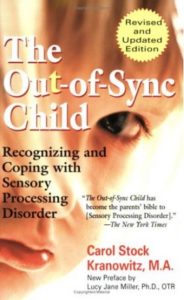
11. The Out-of-Sync Child
by Carol Stock Kranowitz
This classic book was one of the first to introduce sensory integration disorder to a wider audience, offering helpful advice to parents and teachers alike. While the book is coming up on its 20-year anniversary, I still keep a couple of copies on my bookshelf—one to reference myself and one to lend to parents. The book uses clear language to explain what often looks like confusing behavior when we’re working with children on the autism spectrum.
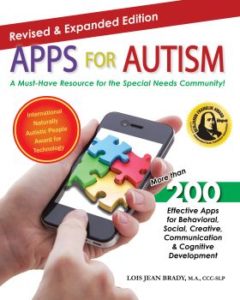
12. Apps for Autism
by Lois Jean Brady
Handheld technology has made a huge difference in the lives of people with autism. Would you believe that there are over 200 apps that people with autism can use to make life easier? Apps for visual scheduling, navigating social situations and for self-soothing are among some of the top tools that people with autism are finding helpful. But how do you weed through 200 apps to find the one that’s right for your students? The author has done all the hard work for you and identifies which apps are most likely to help with your students’ individual needs. Even if the only device in your classroom is your own phone, this guide can help you pinpoint the apps most likely to meet your students’ needs.
